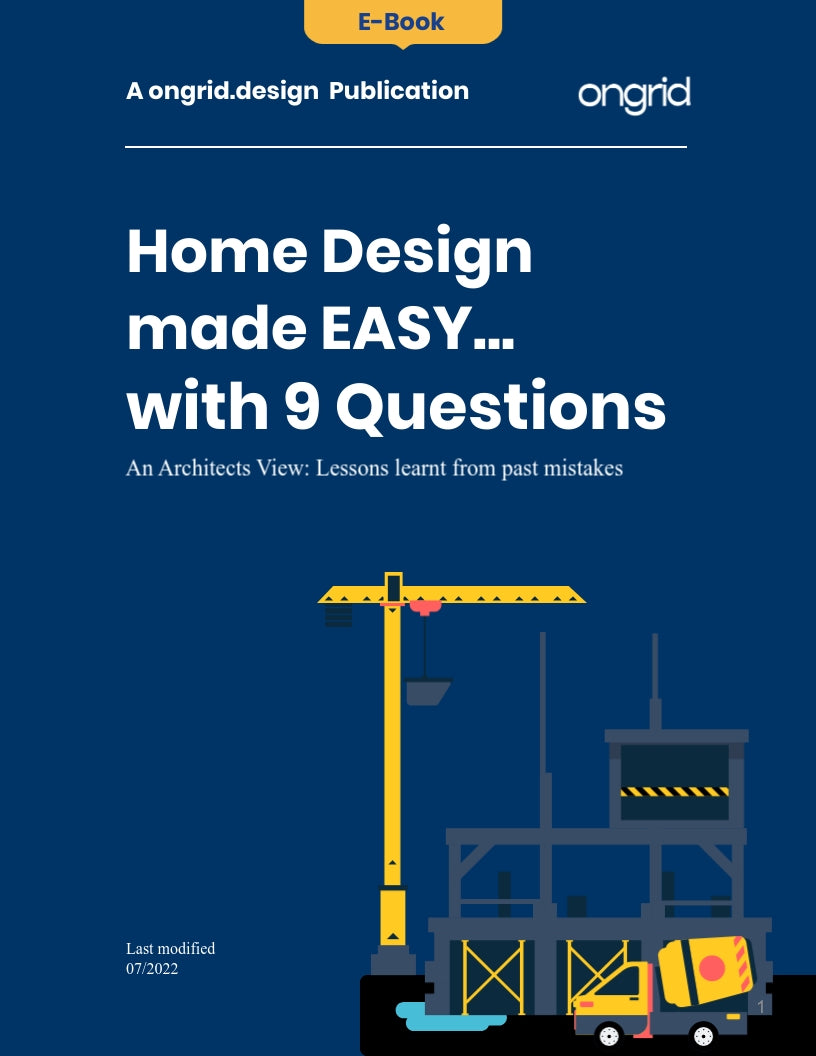Avoiding Costly Mistakes: The Value of a Design Feasibility Check for Your Home
Are you planning a home renovation or construction project? If so, it's important to consider the potential challenges and obstacles that may arise during the project. One way to prepare for these challenges is to conduct a design feasibility check, which can help identify potential issues with your design plan and prevent costly mistakes or delays. In this blog post, we will explore the value of a design feasibility check for your home and why it is an essential part of the planning process. Keep reading to learn more!
-
What do you mean by Design feasibility check for home projects?
-
Who is Qualified to conduct a design feasibility check for a home project?
-
An Example of a design feasibility check for a Duplex Home in Pune

What do you mean by design feasibility check for home projects?
A design feasibility check is a process that is used to assess the practicality and potential success of a design plan for a home project. This can include analyzing the technical, financial, and logistical aspects of the design to determine whether it is feasible to implement.
During a design feasibility check, a variety of factors may be considered, including the cost of materials and labor, the availability of necessary resources, and any potential challenges or obstacles that may arise. The goal of this process is to identify any potential issues with the design and make any necessary changes or adjustments before moving forward with the project.
Overall, a design feasibility check is an important step in the planning process for any home project. It can help ensure that the project is feasible and likely to be successful, and can help prevent costly mistakes or delays.
Who is Qualified to conduct a design feasibility check for a home project?
The specific qualifications required to conduct a design feasibility check for a home project will vary depending on the specific project and the level of detail and expertise needed. In general, however, there are a few common qualifications that may be relevant for this type of work.
For simple or small-scale projects, a general contractor or architect may be qualified to conduct a design feasibility check. These professionals typically have a broad understanding of construction and design principles, and can provide insight into the feasibility and potential success of a design plan.
For more complex or large-scale projects, a structural engineer or other specialized professional may be needed to conduct a design feasibility check. These professionals have advanced training and expertise in specific aspects of construction and design, and can provide more detailed and technical analysis of the feasibility of a design plan.
Overall, the qualifications needed to conduct a design feasibility check for a home project will depend on the specific project and the level of detail and expertise required. In general, however, it is important to work with qualified professionals who have the necessary knowledge and experience to provide accurate and useful insights into the feasibility of a design plan.
Here is an Example of a design feasibility check for a Duplex Home in Pune:
- Review the design plan: The first step in the design feasibility check is to review the design plan in detail. This may involve examining the technical aspects of the design, such as the layout and structural elements, as well as the aesthetic and functional aspects of the space.
- Identify potential challenges or obstacles: During this step, potential challenges or obstacles that may arise during the project are identified. For example, the design may require a large quantity of expensive materials, or there may be logistical challenges associated with the construction of the duplex in a densely populated area.
- Develop solutions or alternatives: Once potential challenges or obstacles have been identified, solutions or alternatives are developed to overcome these issues. For example, the design may be modified to use more affordable materials, or the project timeline may be adjusted to accommodate the logistical challenges.
- Evaluate the feasibility and potential success of the design: With potential solutions or alternatives in place, the feasibility and potential success of the design is evaluated. This may involve conducting further analysis of the technical, financial, and logistical aspects of the design, and making any necessary adjustments.
- Create a revised design plan: Once the design has been evaluated, a revised design plan is created that incorporates any necessary changes or adjustments. This revised plan should be feasible, practical, and likely to be successful when implemented.
Overall, this is an example of how a design feasibility check might be conducted for a duplex home in Pune. By following these steps, you can ensure that your design plan is feasible and likely to be successful.









